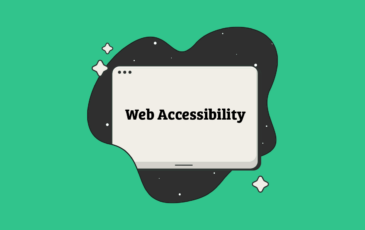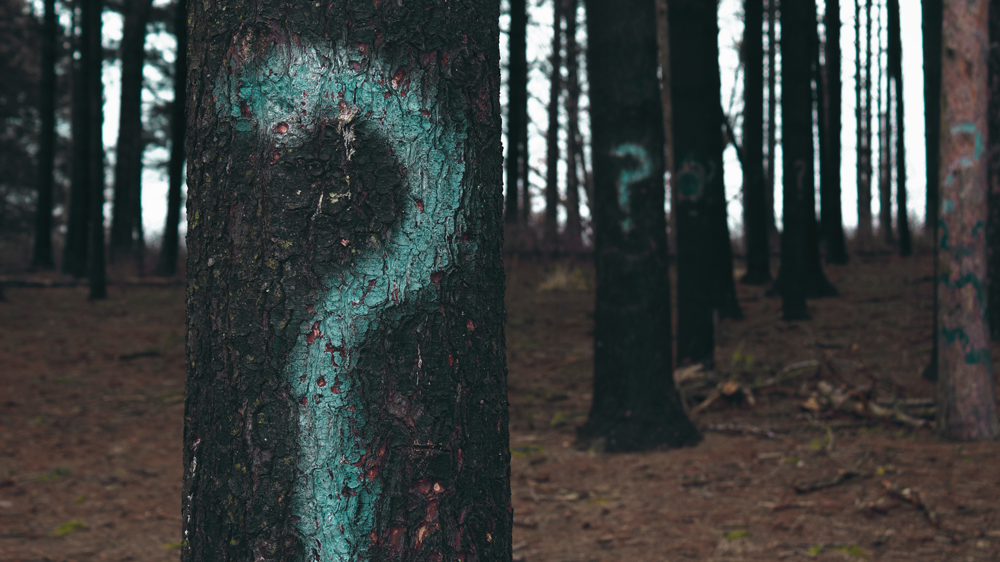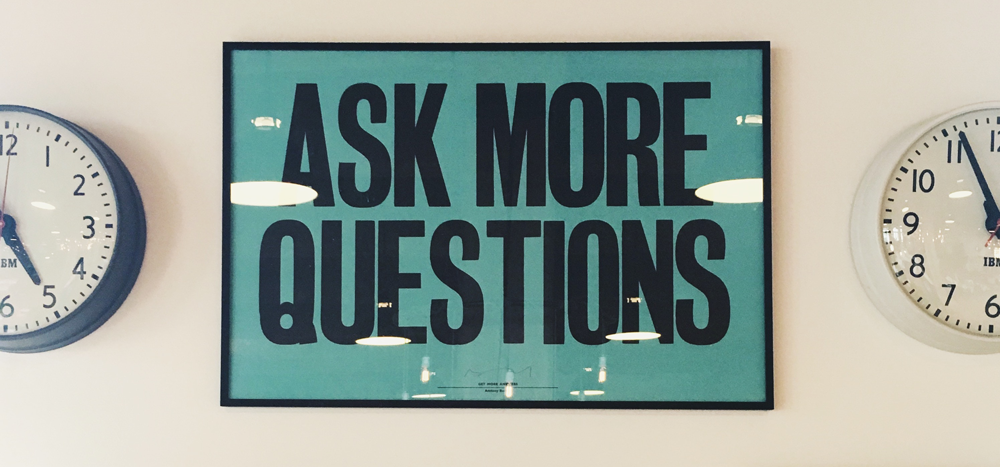 Article
Article
10 Questions to ask web design prospects
Don’t just jump on accepting a new web design project because a prospect says they need a new website. Good projects comes with measurable goals and deadlines to ensure the success of the project. (There’s nothing worse than an open-ended website design project that never sees the light of day.)
So how do you do it? Every website designer should have a go-to list of questions to ask every prospect before signing a contract and starting a project.
While some of the questions might seem obvious to more seasoned designers, you would be surprised at the number of problems that could be avoided if all the right questions were asked from the start.
So grab a note card or get ready to put this checklist in Evernote so you’ll be ready with everything you need to get new projects off on the right start.
1. What does your business do?

If you don’t understand what a business does, how can you build a website that will drive users to interact with it? The mistake that many designers often make is assuming they know what a business does. Don’t do it.
Ask.
Do they sell a product or service or provide information? Who does the business try to engage with? Other businesses or direct consumers? Understanding these needs and patterns will provide a baseline for where to start in the design process.
Getting it wrong can leave both sides frustrated when the design doesn’t jive with the client’s business model.
2. What do you want your website to do?
Most prospects want a new website for a specific reason and want it to do certain things. You need to know what those things are from the start.
Functionality can dictate timeline and budget. It can also help you create design elements that work with functionality in a highly usable manner. (If most users are mobile, for example, a website design that’s video heavy isn’t the best option.)
3. Do you have a website now? What do/don’t you like about it?
Most prospects, unless it is a new business venture, will have an existing website. Ask about the current site. Get the URL and go poke around the design.
Then ask two direct questions:
- What do/don’t you like about your current website?
- Why are you looking to create a new website design?
The answers should provide some insight as to what the prospect is thinking. It can also be the time when red flags start to arise. If the prospective client starts bashing the previous web designer or can’t find any positives with their current situation, keep that in mind. It could be an indicator of a troublesome relationship to come.
4. What features must your website have?
Get out a pen and paper and make a list with the website client.
What are the must-have website features? What features are desired but not required?
This list will help you determine if client wants are in line with budget and what you can actually do. As you work together on this list, talk about features or elements that require extensive coding (budget) and options so that the interface is modern and usable.
5. Do you have an existing style guide?
Make sure to always ask about existing style rules. Do they apply to print or online or both?
And will it apply to this project?
The big consideration in this matter is often fonts and colors. Web and print branding materials should be consistent, but might vary somewhat. Many brands will opt for a similar Google Font for the website design rather than buying a font package for online use. You might have to work the client through finding a set of typefaces that will work for the project and add them to the style guide.
The same can be true for color mixes. If the style guide doesn’t contain RGB or HEX color codes, note them for inclusion in the style guide when the project is complete. (This will save you from having frantic phone calls later or stumbling on the project to see lots of similar colors in use with no style consistency.)
6. What are three websites that you love? And why?
This is one of the most valuable questions you can ask. Looking at websites that appeal to the client – even from unrelated industries – will give you a feel for their design style.
- Do they like white space and clean lines?
- Do they like lots of color and imagery?
- Do they prefer large or small type?
- Do they like animation or other modern features?
7. How will you measure the success of your website?
This is a question that’s often forgotten. The website project is finished. The design is fantastic and the client has no idea how to know if it was a boom or bust.
From the start, there should be a measurable goal for success. For e-commerce websites, that’s often sales (an easy one), but for other websites it might be time on site, number of mobile users or downloads of a specific item.
Knowing what is important in terms of success will help you create a design that leads users toward that goal.
It’s also important to think about what failure could look like.
What’s on the flip side of that success? Is the project a “failure” if certain milestones aren’t met? What are they? No designer wants to get a phone call that the new website “doesn’t work” after launch.
8. What’s your timeline for this project?
How soon does the client want the website to be live?
There are plenty of contributing factors to consider, including internal company happenings, existing contracts with a vendor or host provider and your ability to move the project into your schedule.
9. What’s your budget for this project?
Most people don’t like to talk budget early in the process. You should.
Both the designer and client should have a clear understanding from the start of what the project scope is and whether that fits into the money set aside for the website.
A client-designer budget mismatch will almost never work out.
Start the conversation with a ballpark if you aren’t sure about client budget. “A project like this will probably be somewhere in the range of [insert price range here]. Does that seem in line with your budget?”
If not, you can discuss potential changes that can get the project and budget scopes more aligned.
10. How did you find out about me for this project?
Finally, ask the prospective client how they came to you for the job. Was it a referral? (Make sure to thank the referring client.)
While this information doesn’t necessarily do a lot in terms of the design of the project, it can tell you a lot about your business and how you are generating clients. It can also tell you if the client has seen your work before and what project they were impressed with. (This can actually provide a glimpse of design insight for you because they probably liked the design of the project mentioned.)
Conclusion
Just as a potential client interviews a designer or design firm before a project starts, the designer should ask questions as well. The question and answer period can be formal or informal and will set the tone for the project.
Getting answers to these questions will give you a feel for the scope of work and client wish list from the start. Knowing these things can help foster the client-designer relationship and keep everyone on the same page throughout the process.
Don’t be afraid to ask additional questions along the way. No one likes to be surprised at the end of a design project. Take the time to ask plenty of questions and understand the client. If you aren’t sure of something, ask! The project will be better for it.
CHECKLIST
- What Does Your Business Do?
- What Do You Want Your Website to Do?
- Do You Have a Website Now? What Do/Don’t You Like About It?
- What Features Must Your Website Have?
- Do You Have an Existing Style Guide?
- What Are Three Websites That You Love? And Why?
- How Will You Measure the Success of Your Website?
- What’s Your Timeline for this Project?
- What’s Your Budget for this Project?
- How Did You Find Out About Me for this Project?
Creative Commons photos from Unsplash.







